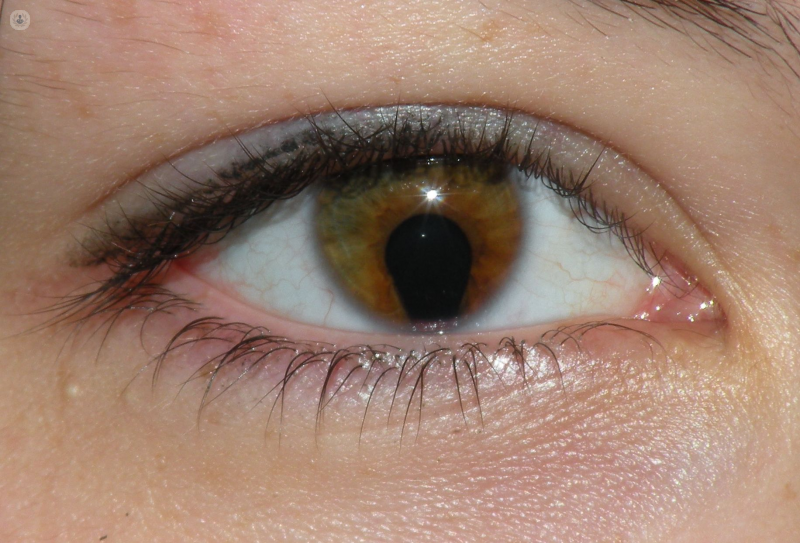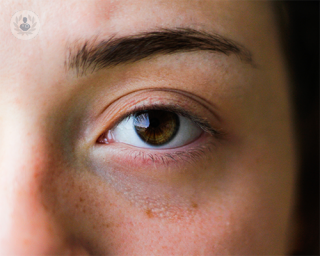Coloboma
Dr Annegret Dahlmann-Noor - Ophthalmology
Created on: 02-03-2016
Updated on: 03-22-2023
Edited by: Aoife Maguire
What is a coloboma?
A coloboma is a developmental condition that causes part of the eye to have a “gap”. Coloboma can be classified into several types according to the affected part of the eye:
- coloboma of the iris (coloured part of the eye)
- coloboma of the eyelid
- coloboma of the lens (the part of the eye that focuses light on the retina)
- macular coloboma (of the macula, the central part of the retina responsible for giving a detailed view, daylight and colour)
- coloboma of the optic nerve (a group of nerve fibers that transmit light signals to the brain)
- uveal coloboma (of the uvea, the middle layer of the eye)
- chorioretinal coloboma (part of the retina)
What are the symptoms of a coloboma?
The symptoms depend on the affected area. For example, if it affects the iris, it has the appearance of a cat's eye or a lock. If it affects the eyelid, it is noticeable that it is not fully developed.
Depending on the size, some types of coloboma can cause a loss of vision, which can involve the vision being blurred or not having vision in any specific location of the visual field. Another symptom that occurs occasionally is a greater sensitivity to light.
What are the causes of a coloboma?
Most are congenital, meaning they are present from birth. In most cases the cause is unknown. However, sometimes it can happen due to eye surgery, hereditary conditions or trauma to the eye.
What is the treatment for a coloboma?
There is no direct treatment for a coloboma, so any corrective measures depend on what part of the eye is affected. If it affects the iris, one can use coloured contact lenses to disguise its appearance, or it can also be corrected with surgery. In other types of coloboma, it is necessary to help the patient to adapt to his/her vision problems through low vision devices. Other problems caused by a coloboma, such as the growth of new blood vessels in the back of the eye or cataracts, can also be treated.
Finally, the specialist can recommend specific treatments if the patient only has a coloboma in one eye, such as patches, eye drops, glasses, among others. This helps prevent the development of amblyopia (lazy eye) and improve vision even in severe cases.
We continue to develop molecular tests to find out why children have coloboma, and whether there is a risk that they could pass it on to their own children in later life.



